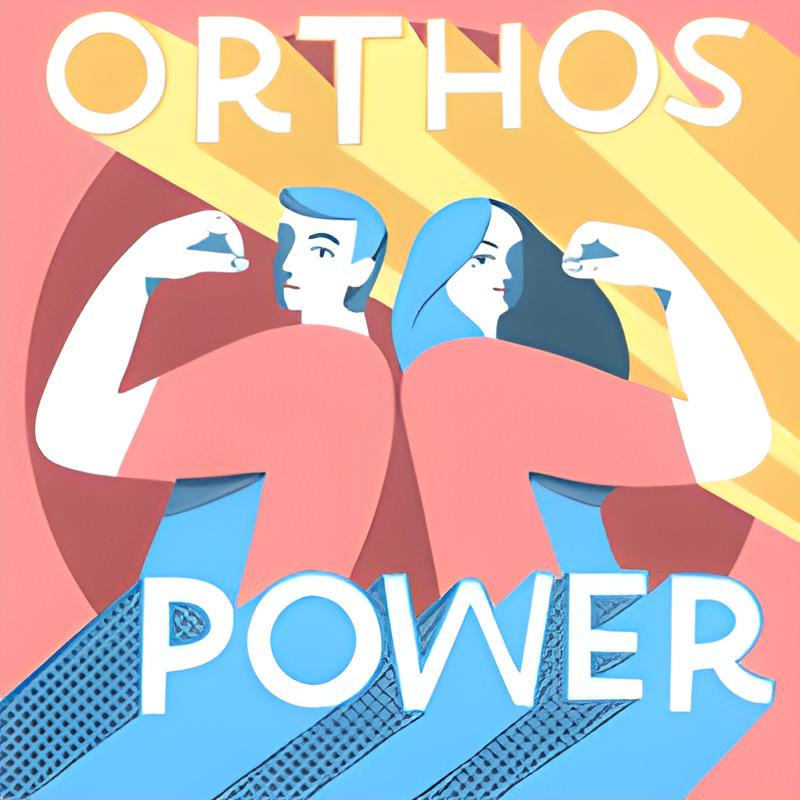OrthosPowerX épisode11 – Jessica, nutritionniste
12. La nutrition artificielle chez l'enfant - Audrey, 16. T.A.P. versant sensoriel - Emeline et Audrey, bébés, oralité, pluripro

Par Lucie Cambrai
Dans cet épisode, je reçois Jessica, nutritionniste et diététiste au Canada.
Nous parlerons ensemble des avantages possibles de la D.M.E., pour l’enfant neurotypique, mais aussi pour des enfants présentant des difficultés alimentaires.
On parlera des éventuelles appréhensions des parents (risques d’étouffement, manque en certains nutriments notamment le fer…), et aussi de la confiance que l’on peut avoir en ce bébé qui très tôt est en capacité de réguler ses prises alimentaires.
- Pour bénéficier d’un rabais de 50% au réseau DME de Jessica Coll: https://nutritionforbaby.memberful.com/checkout?plan=60718&coupon=lucie
- Pour en apprendre plus sur le réseau DME et des formations sur la nutrition pour les professionnels de la santé: https://www.instituthealthly.com/dme
- Références bibliographiques sur la DME:
- Arantes A et al. (2018). The Baby-led Weaning Method (BLW) in the Context of Complementary Feeding: A Review. Revista Paulista de Pediatria 36, no. 3 (2018): 353–63.
- Boswell, N. (2021). Complementary feeding methods – a review of the benefits and risks. International journal of Environmental research and public health. 18; 7165.
- Brown, A. Lee, M. (2015). Early influences on child satiety-responsiveness: the role of weaning style. Pediatric Obesity. 10 (57-66).DOI:
- Fu X, Conlon CA, Haszard JJ, Beck KL, von Hurst PR, Taylor RW, Heath AM. Food fussiness and early feeding characteristics of infants following Baby-Led Weaning and traditional spoon-feeding in New Zealand: An internet survey. Appetite. 2018 Nov 1;130:110-116.
- Gomez, MS, et al. (2020). Baby-led weaning, an overview of the approach to food introduction: integrative literature review. Rev Paul Pediatr. 38; e2018084.
- Neves et al. (2020). Brazilian health professionals’ perception about the baby-led weaning (BLW) method for complementary feeding: an exploratory study. Rev Paul Pediatr. 2022;40:e2020321.
- San Mauro Martin, I, Garicano Vilar, E, Porro Guerra, G, Camina Matin, MA. (2021). Knowledge and attitudes towards baby-led-weaning by health professionals and parents: a cross-sectional study. Enfermeria Clinica (english edition) 32(1);S64-72.
- Tovar, A, Vaughn, AE, Fisher, JO, Neelon, SEB, Burney, R, Webster, K, Liu, T, Ostbye, T, Ward, DS. (2018). Modifying the environment and policy assessment and observation (EPAO) to better capture feeding practices of family childcare home providers.
- Webber, Charlotte, et al. “An Infant‐Led Approach to Complementary Feeding Is Positively Associated with Language Development.” Maternal & Child Nutrition, vol. 17, no. 4, 2021.



